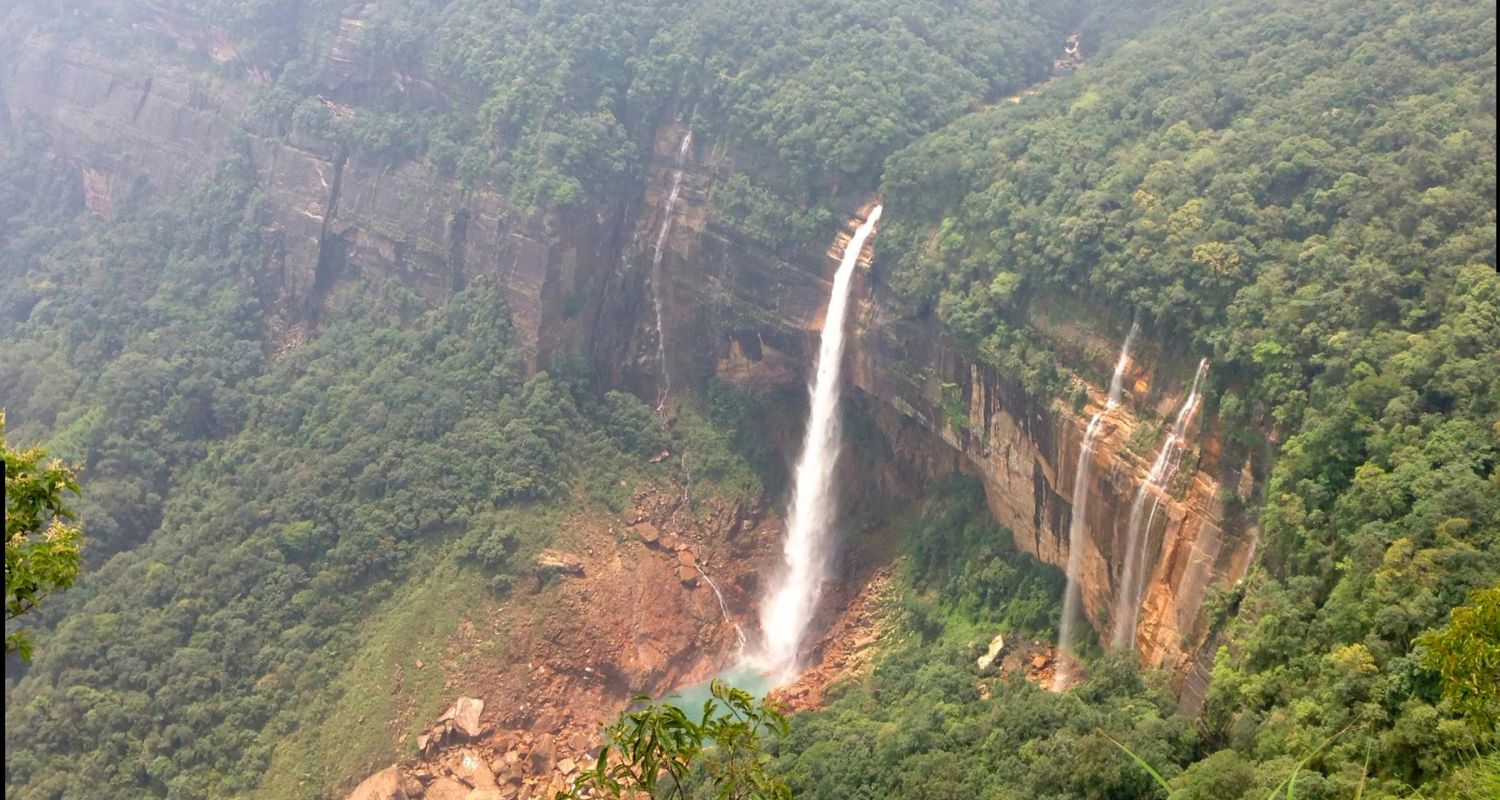In a decisive move to protect its fragile ecosystem from the growing pressures of mass tourism, the traditional authorities of Meghalaya’s famed Sohra region have announced sweeping restrictions on tourist activities, including a pioneering directive aimed at YouTubers and vloggers who publicise lesser-known natural sites online.
The Ka Hima Sohra, the indigenous administrative body governing the scenic Mawkdok-Sohra belt, has introduced a series of regulations following rising concerns over environmental degradation. Authorities say uncontrolled tourism has led to increasing litter, pollution and disruption of sensitive natural habitats. Among the most significant changes are bans on picnicking, open-air cooking and unauthorised roadside gatherings, which have reportedly caused littering. Scenic spots, once prized for their untouched beauty, are now often marred by beer bottles, food wrappers and plastic waste left behind by visitors.

“Picnic parties, especially those without regulation, have led to significant environmental damage. These restrictions are a step toward restoring balance,” said Deputy Syiem Maremdor Syiem, a senior member of Ka Hima Sohra.
Under the new regulations consumption of alcohol in public areas now requires prior permission from the local village dorbar, all vehicles entering the region must carry waste bags and have onboard dustbins, dumping trash near roads, fields, or viewpoints is now a punishable offence, night camping is restricted to designated campsites and off-grid camping is allowed only if organised by certified groups recognised by local authorities and hiring local guides has been made mandatory for all trekking activities to protect eco-sensitive trails and ensure tourist safety.
Also Read: From Shillong tea stall to Everest, Warjri eyes Seven Summits
In a first-of-its-kind move in the region, digital content creators—including vloggers and YouTubers—must now seek permission before filming or promoting hidden or less-known natural locations. The aim is to prevent sudden influxes of tourists that often follow viral content, overwhelming places that lack infrastructure or environmental resilience.
“Revealing unregulated spots on social media leads to overcrowding and unsustainable footfall,” said Alan West, president of the Rural Tourism Forum. “These new measures are not anti-tourist, they’re pro-preservation. If we don’t act now, we risk destroying the very magic that brings visitors here.”
Sohra, formerly known as Cherrapunjee, remains one of Meghalaya’s top tourist destinations, famed for its waterfalls, limestone caves and vibrant biodiversity. Local leaders emphasise that the new measures are not meant to deter tourism but to guide it in a sustainable and respectful direction.
“We welcome tourists, but not at the cost of our land and culture,” said a representative of the local dorbar, adding, “These changes are about coexistence — between people and nature.” The restrictions are already in effect, with enforcement expected to tighten in the coming weeks. Visitors are being urged to familiarise themselves with the new guidelines before planning trips to the region.
Also Read: Assam's Silchar records highest daily rainfall in 132 years


